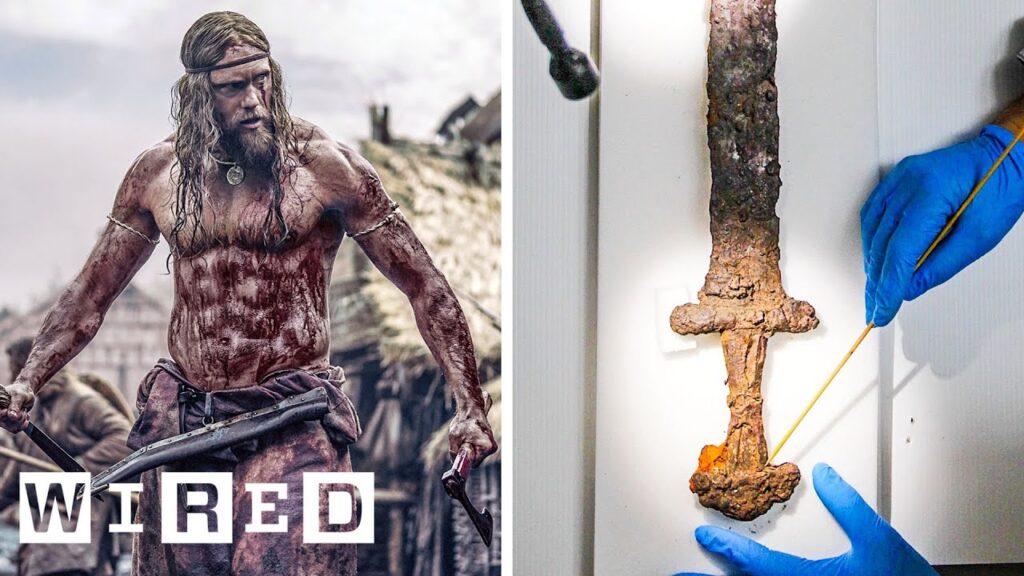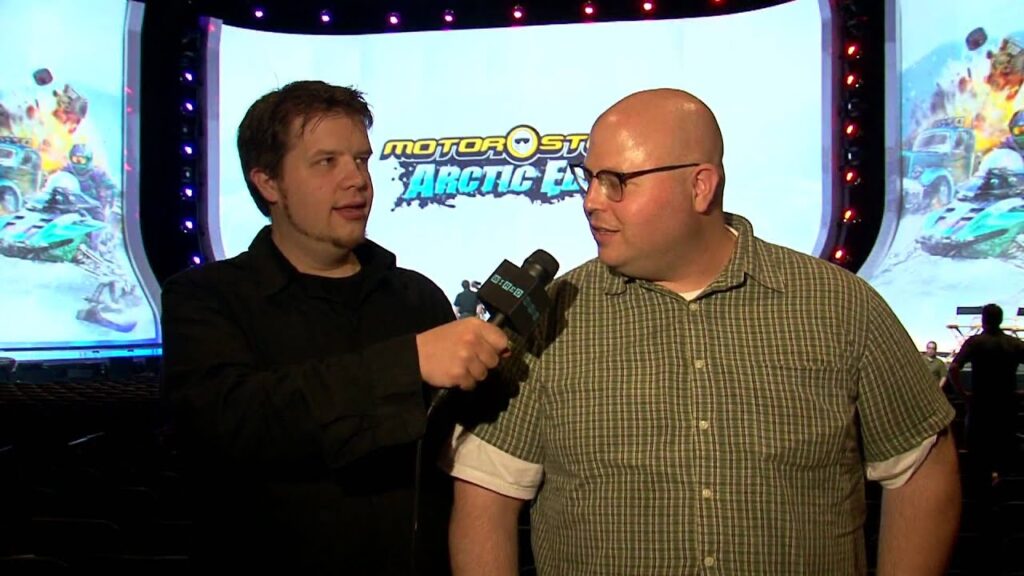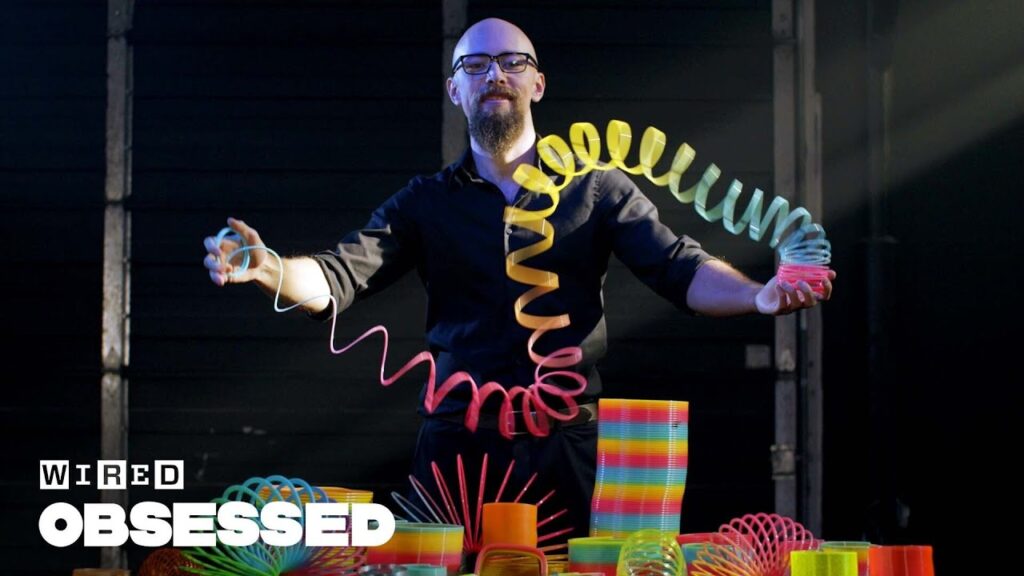Designing a Robot: The Process and Materials Used
Summary
In this article, we explore the process of designing a robot, from balancing the design to ensuring its durability. The Skeletonics team inspired the creation of a unique, four-armed character, and the design evolved to include a gun and vacuform shells for lightweight pieces. The team focused on creating a design that people could connect with and recognize, and the painters worked to create a weathered, battle-damaged look to the robot.
Table of Contents
- Balancing the Design
- Materials Used for Durability
- Creating a Visually Appealing Robot
- Mounting the Robot’s Shell
- Conclusion
Balancing the Design
The Skeletonics team provided the inspiration for the unique robot design. The team had to balance the design of the suit to avoid drawing attention to specific areas, such as the small arm. The design of the arms evolved, and the right arm stayed true to the original design, while the left arm changed from a robotic hand to a gun.
Materials Used for Durability
The team had to address the weight of the suit, so they used vacuform shells to create lightweight pieces quickly. The time frame was a challenge, so the team used UltraCa and UltraCal to correct the positives. Ted added foam structure to the vacuforms to prevent bouncing, and the model shop constructed the legs. One leg was molded and used as both legs. The robot’s face was printed without molding to ensure easy replacement if it breaks.
Creating a Visually Appealing Robot
The focus was on creating a visually appealing and durable robot that people could connect with. The painters worked to create a weathered, battle-damaged look to the robot, using techniques such as paint chipping and weathering. The goal was to make the robot look like it had been through a lot of battles and had a lot of history.
Mounting the Robot’s Shell
The process of mounting the robot’s shell was also discussed. The team had to get the shell in the right position, and they used a system of magnets and brackets to hold it in place. The team also had to ensure that the robot was balanced and that it wouldn’t tip over.
Conclusion
Designing a robot requires a lot of attention to detail and a focus on creating a visually appealing and durable design. The Skeletonics team provided the inspiration for the unique robot design, and the team used vacuform shells and foam structure to create lightweight pieces quickly. The painters worked to create a weathered, battle-damaged look to the robot, and the robot’s face was printed without molding to ensure easy replacement if it breaks. Mounting the robot’s shell was also a challenge, but the team was able to find a solution using magnets and brackets. Overall, the process of designing a robot requires a lot of creativity and problem-solving skills to create a design that people can connect with and recognize.







